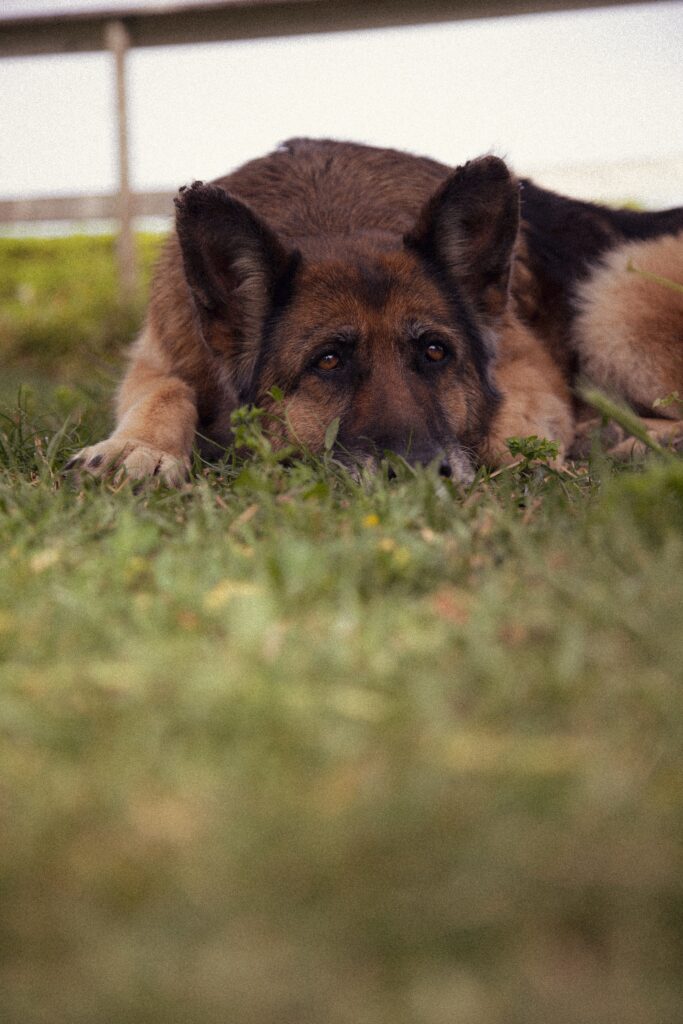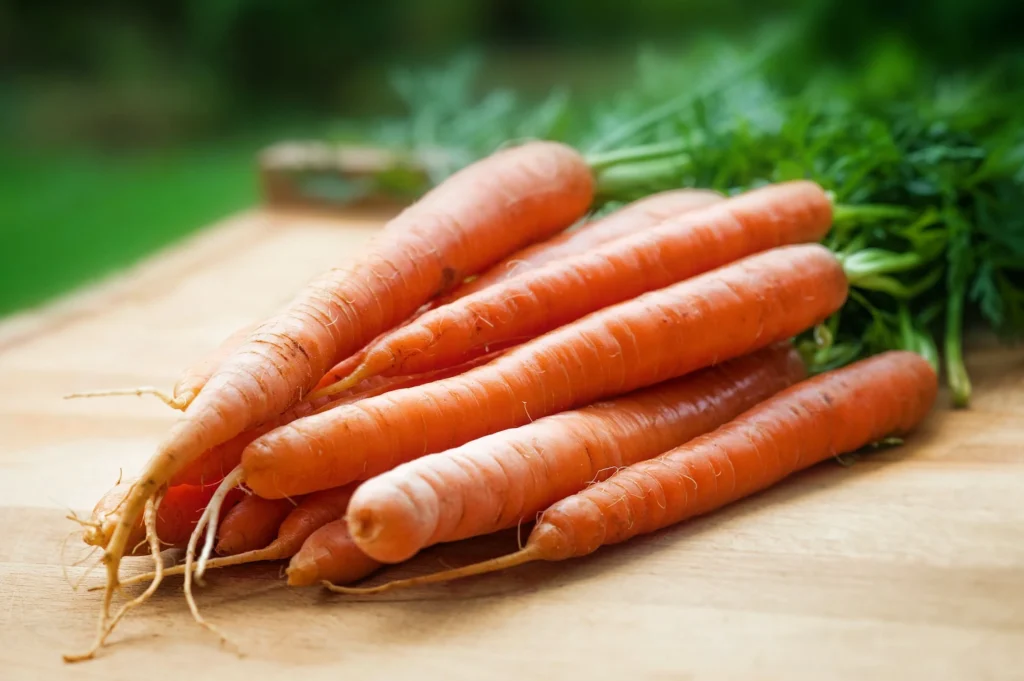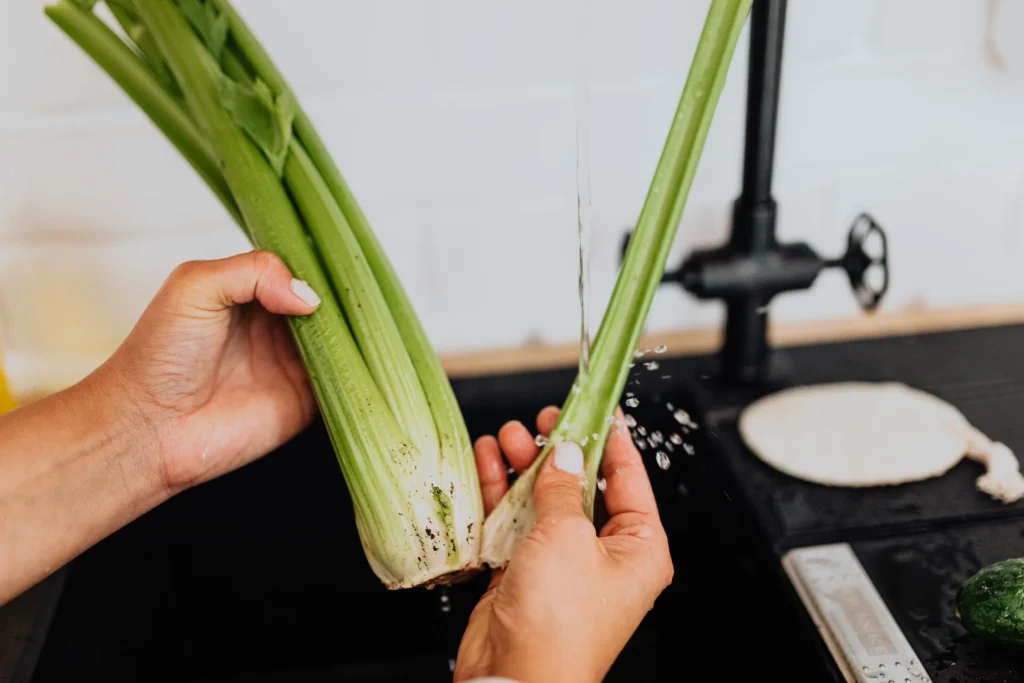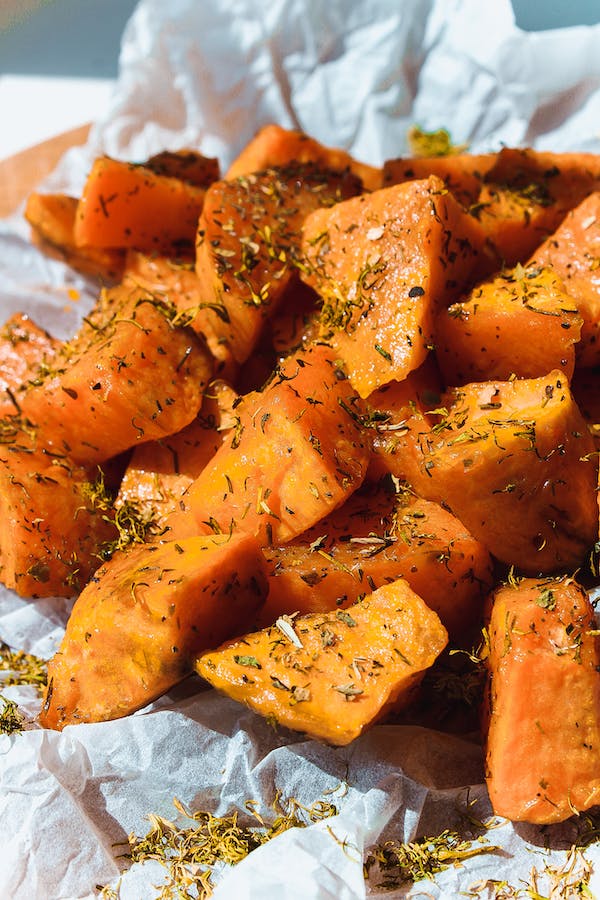Table of Contents
- Introduction
- What Vegetables Are Good for Dogs?
- Broccoli
- Carrots
- Celery
- Green beans
- Peas
- Sweet potatoes
- Zucchini
- Tips for Feeding Your Dog Vegetables
- Additional Benefits of Feeding Your Dog Vegetables
- Conclusion
- Frequently Asked Questions

Dogs are omnivores, which means they can eat both plants and animals. While their diet should be primarily made up of meat, vegetables can provide them with important vitamins, minerals, and fiber.
There are many different vegetables that are safe for dogs to eat. Some of the most popular include:
- Broccoli: Broccoli is a good source of vitamin C, potassium, and fiber. It can help to boost your dog’s immune system and keep their digestive system healthy.

- Carrots: Carrots are a great source of beta-carotene, which is converted into vitamin A in the body. Vitamin A is important for vision, skin health, and immune function.

- Celery: Celery is a low-calorie vegetable that is high in fiber and water. It can help to keep your dog feeling full and hydrated.

- Green beans: Green beans are a good source of vitamins A, C, and K. They are also a good source of fiber.

- Peas: Peas are a good source of protein, fiber, and vitamins A and C. They can help to keep your dog feeling full and healthy.

- Sweet potatoes: Sweet potatoes are a good source of vitamin A, potassium, and fiber. They can help to boost your dog’s immune system and keep their digestive system healthy.

- Zucchini: Zucchini is a low-calorie vegetable that is high in water and fiber. It can help to keep your dog feeling full and hydrated.

These are just a few of the many vegetables that are safe for dogs to eat. When feeding your dog vegetables, it is important to start with small amounts and gradually increase the amount as your dog gets used to them. You should also avoid giving your dog vegetables that are high in fat or sodium.
Here are some tips for feeding your dog vegetables:
- Wash the vegetables thoroughly before feeding them to your dog.
- Cut the vegetables into small pieces that are easy for your dog to chew.
- Steam or roast the vegetables before feeding them to your dog.
- Do not add any salt, oil, or other seasonings to the vegetables.
- Start with small amounts of vegetables and gradually increase the amount as your dog gets used to them.
- Avoid giving your dog vegetables that are high in fat or sodium.
If you are unsure about which vegetables are safe for your dog to eat, you should always consult with your veterinarian.
Here are some additional benefits of feeding your dog vegetables:
- Improved skin and coat health: Many vegetables are good sources of vitamins A and C, which are essential for healthy skin and coat.
- Reduced risk of obesity: Vegetables are low in calories and fat, which can help to keep your dog at a healthy weight.
- Improved digestion: Fiber is essential for good digestion, and many vegetables are good sources of fiber.
- Boosted immune system: Many vegetables are good sources of vitamins and minerals, which can help to boost your dog’s immune system.
Conclusion
Vegetables can be a healthy and nutritious addition to your dog’s diet. When choosing vegetables for your dog, it is important to select ones that are safe and that your dog will enjoy. You should also start with small amounts and gradually increase the amount as your dog gets used to them. If you are unsure about which vegetables are safe for your dog to eat, you should always consult with your veterinarian.
Frequently Asked Questions
Q: What vegetables are not safe for dogs to eat?
A: There are a few vegetables that are not safe for dogs to eat. These include:
- Onions: Onions can cause gastrointestinal upset in dogs, and in some cases, can lead to anemia.
- Garlic: Garlic can cause the same problems as onions.
- Asparagus: Asparagus can cause diarrhea in dogs.
- Mushrooms: Some mushrooms are poisonous to dogs, so it is best to avoid giving them any mushrooms at all.
- Rhubarb: The leaves of rhubarb are poisonous to dogs, so it is important to keep them away from your dog.
Q: How much vegetables should I feed my dog?
A: The amount of vegetables you feed your dog will depend on their size and weight. As a general rule, you should start with a small amount of vegetables and gradually increase the amount as your dog gets used to them. You should also avoid giving your dog more than 10% of their daily calories from vegetables.
Q: How should I prepare vegetables for my dog?
A: You can feed your dog vegetables raw, cooked, or steamed. However, it is important to wash all vegetables thoroughly before feeding them to your dog. If you are cooking vegetables for your dog, it is best to steam them or roast them. You should avoid frying vegetables in oil, as this can add unnecessary fat to your dog’s diet.
Q: How do I know if my dog is allergic to vegetables?
A: If your dog starts showing signs of allergies after eating vegetables, such as itching, hives, or vomiting, you should stop giving them vegetables and consult with your veterinarian.
I hope this FAQ section helps!